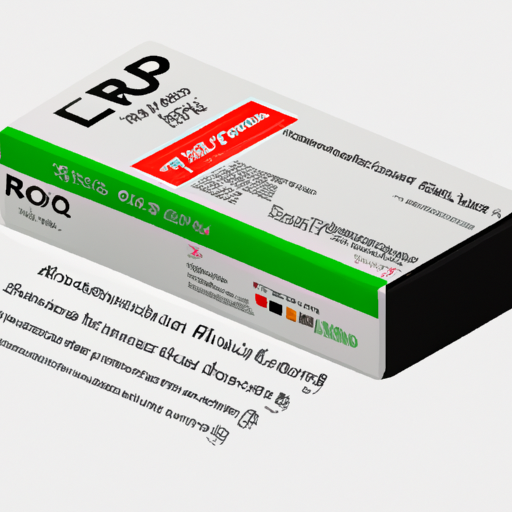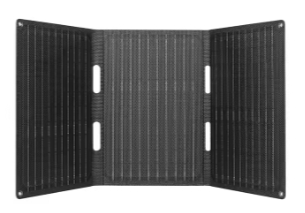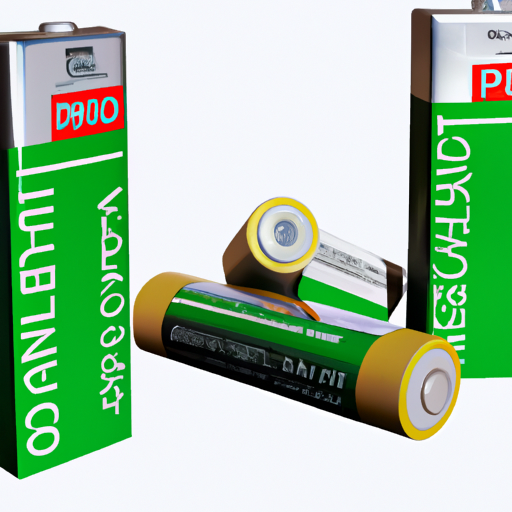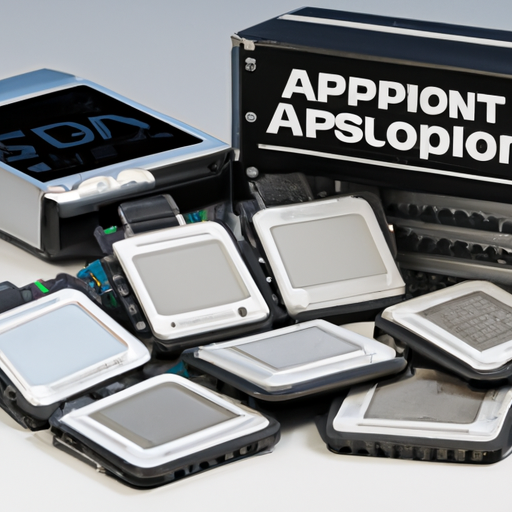As the global push towards sustainable energy solutions gains momentum, solar panels have emerged as a prominent player in the renewable energy landscape. Here's a look at the advantages and disadvantages of solar panels from a Western perspective, to help you make an informed decision about your energy future.
Advantages
Renewable Energy Source: Solar panels tap into the sun's energy, a virtually inexhaustible resource. This makes them a sustainable choice for reducing reliance on fossil fuels.
Environmental Benefits: By generating electricity without emitting greenhouse gases or pollutants, solar panels contribute to cleaner air and help combat climate change.
Low Operating Costs: After the initial installation, the cost of maintaining solar panels is minimal. The sun's energy is free, leading to significant savings on electricity bills over time.
Distributed Generation: Solar panels can be installed on rooftops or in open fields, allowing for distributed power generation. This reduces the strain on the central grid and can provide a more resilient power supply.
Energy Independence: Generating your own electricity can reduce dependency on the grid, offering a measure of energy independence and security.
Disadvantages
Intermittency and Weather Dependency: Solar power is dependent on sunlight, which is not always available. Overcast days and nighttime reduce solar panels' effectiveness, necessitating battery storage or backup power sources.
Land Use and Environmental Impact: Large-scale solar farms require significant land, which can lead to habitat loss or displacement. Additionally, the manufacturing process of solar panels involves materials that can be environmentally harmful if not managed properly.
Initial Costs and Technological Limitations: While costs have decreased, the upfront investment for solar panel installation can still be high for some homeowners and businesses. Technological limitations, such as energy storage capacity and efficiency, remain challenges.
Aesthetic and Spatial Constraints: Some homeowners may find solar panels unattractive, especially in residential areas. Spatial constraints due to building design or shading can also limit the effectiveness of rooftop solar installations.
Transmission and Infrastructure Needs: Integrating solar power into the existing grid requires investment in transmission and distribution infrastructure. In remote or rural areas, the cost of such infrastructure can be prohibitive.
In conclusion, solar panels offer a compelling solution for clean, renewable energy with numerous benefits. However, they also present challenges that need to be addressed, including intermittency, land use, costs, and infrastructure. As technology advances and costs continue to decrease, solar power is poised to play an increasingly vital role in our energy mix.












